U.S.-China Climate Deal Includes Provision on Water-Energy Research
A joint energy research program will be extended and expanded to include water.
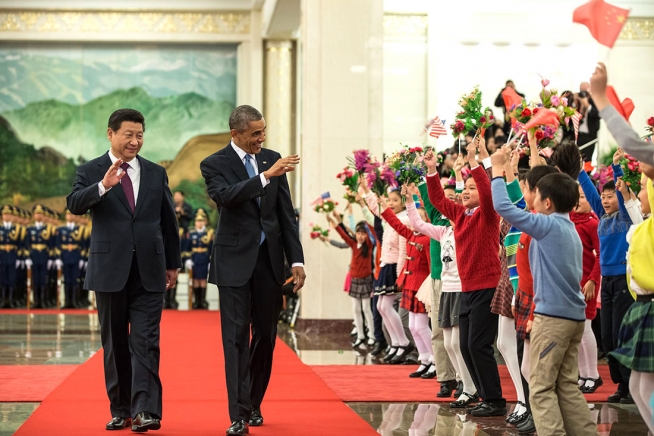
By Brett Walton
Circle of Blue
President Barack Obama and President Xi Jinping of China announced on Wednesday new targets for reducing the amount of heat-trapping gases that their countries release into the atmosphere. The announcement is a historic move that both sides hope will catalyze a global climate agreement at a United Nations conference in Paris next year to rein in carbon emissions and avoid the devastating ecological changes that scientists predict will occur on a roasted planet.
An encouraging sign of cooperation between the world’s two largest economies, the carbon-reduction commitments are part of a wide-ranging agreement announced in Beijing during President Obama’s week-long trip to the Asia-Pacific region. The two powers, which accounted for 44 percent of carbon dioxide emissions in 2012, will work together in several areas of shared interest. They will collaborate to develop technologies that pull carbon out of the air, swap ideas on urban planning, welcome trade delegations for green technology, and test new solar energy facilities. The agreement also expands the mission of a joint energy research program to include, for the first time, investigations of the connections between water and energy use.
The U.S.-China Clean Energy Research Center (CERC) will see its mandate extended through 2020, and it will house a new water-energy research program. The water-energy program will receive $US 50 million over five years from a mix of government, academic, and private-sector sources, according to Robert Marlay, U.S. director of CERC. Each country will contribute half the funding.
The addition of the water program reflects growing concerns both in China and the United States that developing new natural gas and oil resources and meeting renewable energy goals will be limited by insufficient water resources. Coal, the source of three-quarters of China’s electricity, makes up one-fifth of the country’s water use. Yet China’s coal deposits are located primarily in desert regions in Xinjiang and Inner Mongolia. In the United States, power plants draw more water out of rivers, lakes, and aquifers than any other economic sector, and the recent shale oil and gas boom is threatened by civic worries about water use.
“China has a lot of the same water issues we do,” said Mark Philbrick, a U.S. Department of Energy science and technology policy fellow, in an interview with Circle of Blue. “They have water stress where most of their energy resources are located. Their power plants need a lot of water to operate. Water is a pressing issue for both countries.”
A Unique Partnership
Today, little is known about CERC’s water-energy program, but the outline will soon take shape. Marlay told Circle of Blue that, over the next nine months, CERC leaders will organize a research plan and select a coordinating agency to oversee the research, which will begin next October, in fiscal year 2016.
“There is no specific plan outlined yet,” Marlay said.
The water-energy program will follow the template set by the three existing CERC research programs — coal technology, low-carbon vehicles, and energy-efficient buildings — all established in 2009. The U.S. Department of Energy and China’s Ministry of Science and Technology are the lead government agencies for CERC. They each select a national coordinating agency to guide an individual research program, which has both a Chinese research team and a U.S. research team. The coordinating agencies can be universities, government laboratories, or independent groups.
These layers of partnership have helped build trust between the two governments over energy issues, according to Jennifer Turner, director of the China Environment Forum at the Woodrow Wilson Center, a Washington, D.C.-based think tank. The Wilson Center brought together many researchers working on water and energy in the two countries, and Turner called herself “a matchmaker” for connecting like minds.
“CERC is a different way for governments to cooperate,” Turner told Circle of Blue. “The way it is structured insulates it from political changes in the two countries because they’ve broadened the participants who are doing substantive work. CERC has more staying power. It’s a more regular forum for the United States and China to talk with each other.”
Although the details of the water-energy program still must be worked out, clues do exist as to its direction. Philbrick, the policy fellow, said that the Department of Energy is interested in three areas:
- Reducing the water needed to cool electric power plants.
- Using less energy to turn brackish water, salt water, and wastewater into usable fresh water.
- Using sewage as an energy source by recovering the methane and nutrients it holds, while using less energy to do so.
Agreements on protecting intellectual property rights have set a foundation for developing new technologies through the research partnership, Turner said.
Turner speculated that the CERC research program might follow the path blazed by the Asia-Pacific Economic Cooperation, a regional policy forum. Announced earlier this week, the APEC water-energy research program will look at improving computer models, increasing efficiency, and pinpointing vulnerable sectors and cities.
Whatever the direction, the two sides will spend the next nine months setting their compass.
“They’ll bring ideas, and we’ll bring ideas, and we’ll find where the most value is,” Marlay said.
Jennifer Turner and the Wilson Center’s China Environment Forum provided research assistance for Circle of Blue’s Choke Point reporting series.
Brett writes about agriculture, energy, infrastructure, and the politics and economics of water in the United States. He also writes the Federal Water Tap, Circle of Blue’s weekly digest of U.S. government water news. He is the winner of two Society of Environmental Journalists reporting awards, one of the top honors in American environmental journalism: first place for explanatory reporting for a series on septic system pollution in the United States(2016) and third place for beat reporting in a small market (2014). He received the Sierra Club’s Distinguished Service Award in 2018. Brett lives in Seattle, where he hikes the mountains and bakes pies. Contact Brett Walton

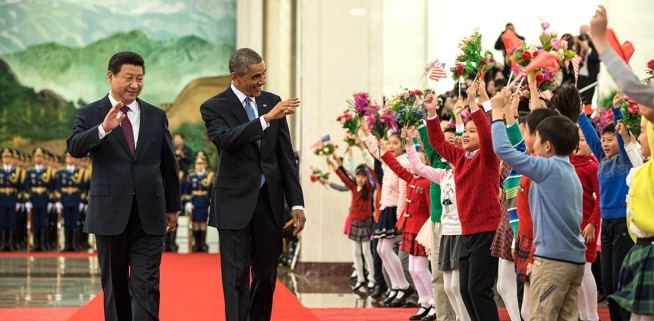

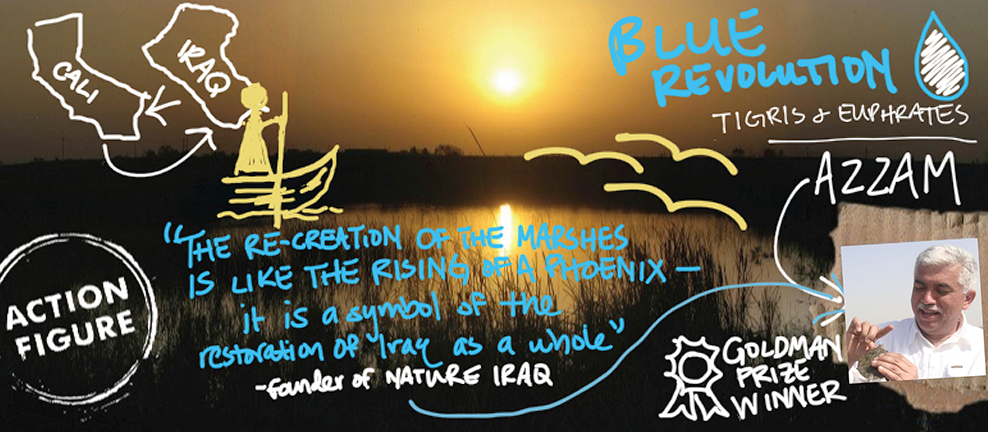




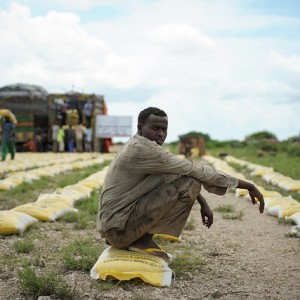
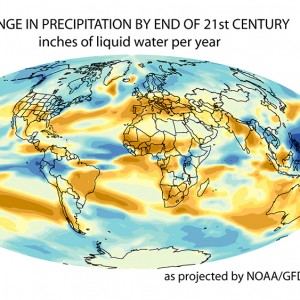
Leave a Reply
Want to join the discussion?Feel free to contribute!